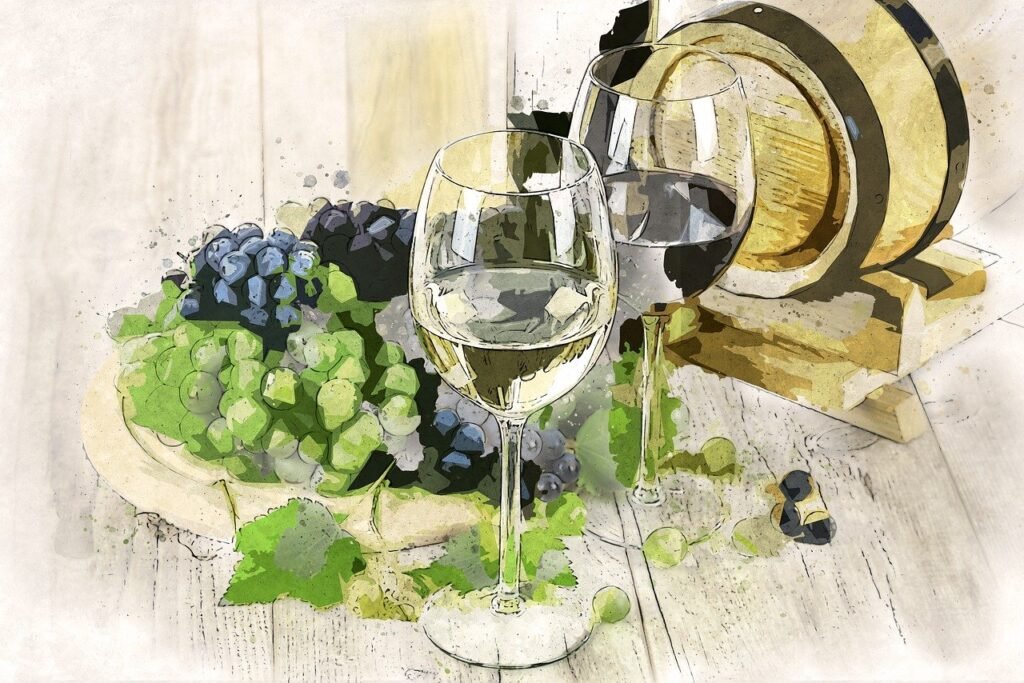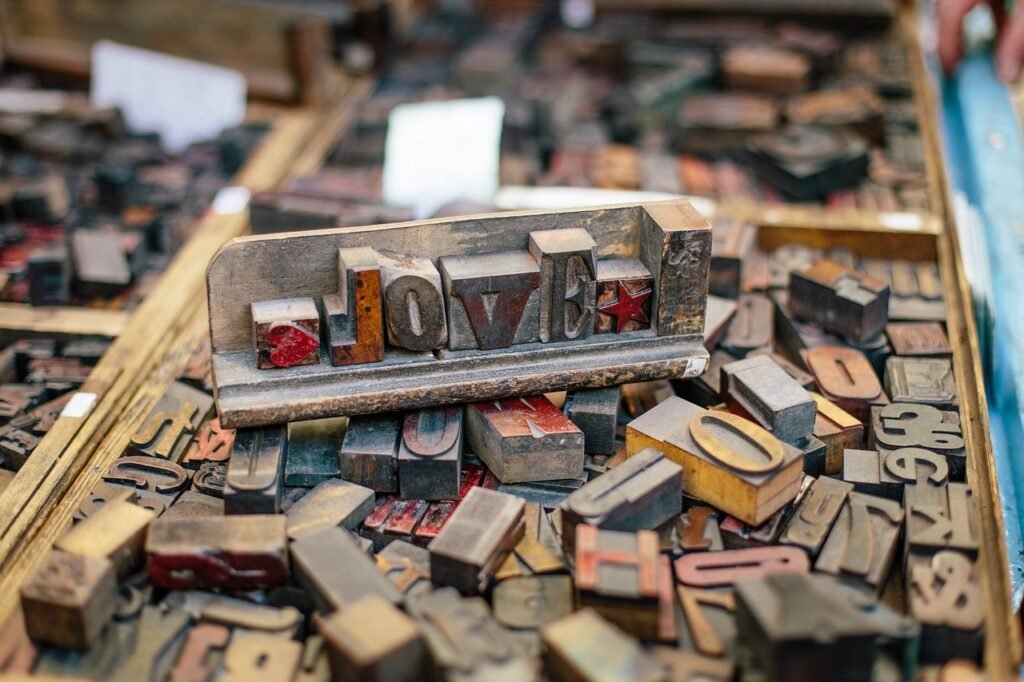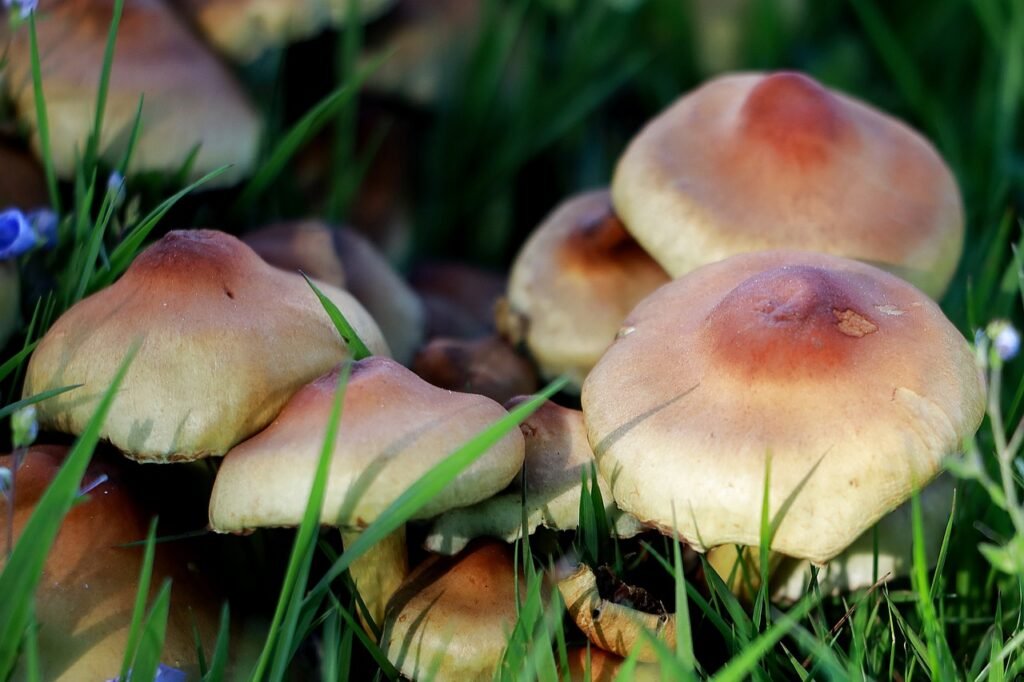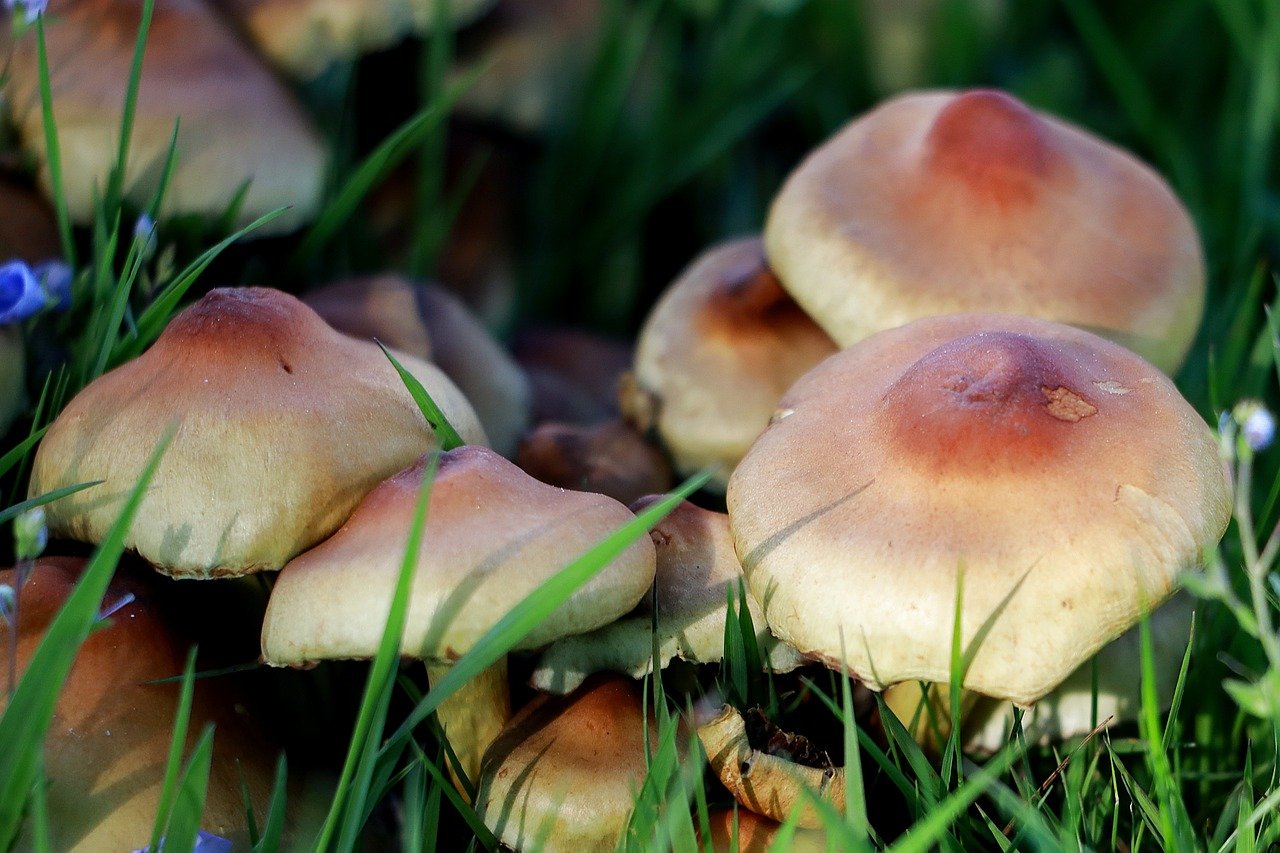Are you curious about the various types of wood utilized in the creation of crates? Look no further! In this article, we will take a closer look at the different varieties of wood commonly employed in crate manufacturing. From the sturdy and resilient oak to the beautiful and versatile maple, we will explore the unique characteristics and benefits of each type of wood. So, if you’re interested in understanding the materials behind the crates that are used for shipping and storage, keep reading and embark on a journey of wood discovery!
Hardwoods
Oak
Oak is a popular choice for furniture and flooring due to its strength and durability. It has a distinctive grain pattern that adds character to any piece. Oak wood comes in two main types: red oak and white oak. Red oak has a reddish hue and a more open grain, while white oak is lighter in color and has a tighter grain pattern.
Maple
Maple wood is known for its light color and smooth, uniform texture. It is a hard and dense wood, making it resistant to wear and tear. Maple is often used in cabinets, furniture, and flooring due to its durability. It can be stained to mimic other wood types or left natural for a clean and modern look.
Cherry
Cherry wood is highly valued for its rich, reddish-brown color that darkens over time. It has a fine, straight grain and a smooth texture, giving it an elegant appearance. Cherry wood is commonly used in high-quality furniture and cabinetry. It is known for its ability to develop a beautiful patina with age, adding to its appeal.
Softwoods
Pine
Pine is a softwood that is widely used in construction and furniture. It has a light color with a distinct grain pattern, often featuring knots and natural imperfections. Pine wood is affordable and easy to work with, making it a popular choice for beginners and DIY projects. It can be stained or painted to match various styles.
Cedar
Cedar wood has natural properties that make it resistant to rot, decay, and insect damage. It has a beautiful reddish-brown hue and a pleasant aroma. Cedar is often used for outdoor furniture, decking, and siding. Its durability and natural resistance to elements make it an excellent choice for long-lasting projects.
Spruce
Spruce is a commonly used softwood in construction, especially for framing and structural elements. It has a light color and a straight grain, making it relatively easy to work with. Spruce wood is lightweight, making it suitable for applications where weight is a concern. It can be stained or painted to achieve the desired look.

This image is property of pixabay.com.
Exotic Woods
Mahogany
Mahogany wood is highly prized for its rich, reddish-brown color and beautiful grain patterns. It has excellent workability and is often used in high-end furniture, cabinetry, and musical instruments. Mahogany’s durability and resistance to moisture make it suitable for both indoor and outdoor applications.
Teak
Teak wood is known for its exceptional durability and natural resistance to moisture, pests, and rot. It has a golden-brown color that weathers to an attractive silver-gray over time if left untreated. Teak is commonly used in outdoor furniture, boat decking, and flooring. Its strength and beautiful grain patterns make it a luxurious choice.
Rosewood
Rosewood is a dense and durable wood prized for its deep, reddish-brown color and intricate grain patterns. It is commonly used in high-quality furniture, musical instruments, and decorative items. Rosewood has a warm and inviting presence and adds an element of sophistication to any space.
Engineered Woods
Plywood
Plywood is a versatile engineered wood made by layering thin sheets of wood veneer together with adhesive. It provides strength, stability, and resistance to warping. Plywood is commonly used in cabinets, furniture, and construction. It can be finished with veneer or paint to achieve different aesthetics.
Particle board
Particle board is made from wood particles combined with a binder and compressed under high heat and pressure. It is an affordable alternative to solid wood and is commonly used in furniture, cabinets, and shelving. Particle board is less susceptible to warping and shrinking compared to solid wood, making it a practical choice for certain applications.
Medium Density Fiberboard (MDF)
MDF is made from fine wood fibers combined with a resin binder and compressed to form a dense panel. It has a smooth and consistent surface, making it ideal for painting and veneering. MDF is commonly used in furniture, cabinetry, and interior trim. It is less expensive than solid wood and offers excellent dimensional stability.

This image is property of pixabay.com.
Reclaimed Wood
Barnwood
Barnwood refers to wood salvaged from old barns or other agricultural structures. It often has a weathered appearance with rustic charm. Barnwood is highly sought after for its unique character and can be repurposed into furniture, accent walls, or decorative pieces. Using reclaimed wood not only adds visual interest but also promotes sustainability.
Pallet wood
Pallet wood is repurposed from wooden pallets used in shipping. It can have a rough and weathered look, perfect for rustic-style projects. Pallet wood is commonly used in DIY furniture, wall paneling, and outdoor projects. Its availability and affordability make it a popular choice for those looking for a budget-friendly and eco-friendly option.
Salvaged hardwood
Salvaged hardwood refers to wood reclaimed from various sources, such as old flooring, beams, or furniture. It provides a sustainable and unique material for woodworking projects. Salvaged hardwood can be refinished to highlight its natural beauty, and its history adds a touch of nostalgia to any space.
Pressure-Treated Wood
Types of chemical treatments
Pressure-treated wood is infused with preservatives to protect it from rot, decay, and insect damage. The two common types of preservatives used are Alkaline Copper Quaternary (ACQ) and Micronized Copper Azole (MCA). ACQ-treated wood has a greenish tint, while MCA-treated wood has a brownish color. Both treatments are effective in prolonging the lifespan of wood used in outdoor applications.
Benefits of pressure-treated wood
Pressure-treated wood offers several benefits, especially in outdoor projects. It provides increased resistance to the elements, making it suitable for decks, fences, and outdoor furniture. Pressure-treated wood also requires less maintenance compared to untreated wood. It is a cost-effective option and widely available, making it a popular choice for many outdoor projects.

This image is property of pixabay.com.
Sustainable Wood Options
Bamboo
Bamboo is an eco-friendly and sustainable alternative to traditional wood. It grows rapidly and can be harvested in as little as three to five years. Bamboo is durable and versatile, used in flooring, furniture, and even as a construction material. Its strength, natural beauty, and sustainability make it a preferred choice for environmentally conscious individuals.
Cork
Cork is a unique and sustainable material harvested from the bark of cork oak trees. The bark is harvested every nine to twelve years without harming the tree, ensuring a renewable resource. Cork is naturally resistant to insects, fire, and moisture, making it suitable for flooring, wall coverings, and even furniture. Its soft texture and excellent acoustic properties make it a versatile choice.
Eucalyptus
Eucalyptus wood is known for its fast growth, making it a sustainable option for woodworking projects. It has a beautiful grain pattern and natural resistance to rot and decay. Eucalyptus wood is commonly used in furniture, flooring, and decking. Its availability and environmental benefits make it an attractive choice for those seeking sustainable options.
Factors Affecting Wood Selection
Strength and durability
Different projects require different levels of strength and durability. Hardwoods like oak and maple are known for their strength and are suitable for high-traffic areas or heavy-use furniture. Softwoods like pine and spruce are more affordable and can be used for less demanding applications. Consider the intended use and the amount of wear and tear the wood will endure when selecting a type of wood.
Appearance and aesthetics
The appearance of wood plays a significant role in the overall aesthetics of a project. Different wood species have unique grain patterns, colors, and textures. It is essential to consider the desired look and style when choosing a type of wood. For a classic and timeless look, hardwoods like cherry or mahogany are popular choices. If a more rustic or natural feel is desired, reclaimed wood or softwoods like cedar can be excellent options.
Sustainability and environmental impact
With growing concerns about sustainability and environmental impact, many individuals are opting for wood options that promote responsible forestry practices. Sustainable wood options, such as bamboo and cork, are rapidly renewable and have a minimal impact on the environment. Consider the source of the wood and look for certified sustainable options, such as those endorsed by the Forest Stewardship Council (FSC).
Wood Grades and Quality
Select
Select grade wood is of the highest quality, with minimal knots, defects, or irregularities. It has a consistent appearance and is often used in high-end furniture and cabinetry. Select grade wood is carefully chosen for its visual appeal and uniformity.
Common
Common grade wood is more affordable and may have more knots, defects, or color variations. It is suitable for projects where appearance is less critical, such as construction or utility applications. Common grade wood can still offer durability and strength while accommodating tighter budgets.
Cabinet
Cabinet grade wood is specifically selected for its smooth surface and lack of defects. It is often used in cabinetry, where a flawless appearance is desired. Cabinet grade wood is more expensive than common grade wood but offers a premium finish.
Wood Finishes and Treatments
Stains
Stains are used to enhance the natural beauty of wood while adding color and depth. They can range from transparent to opaque, allowing the wood grain to show through or completely covering it. Stains come in various shades and can be applied to achieve a desired look, from light and natural to dark and rich. They offer protection as well as aesthetic appeal.
Paints
Paints are a versatile option for wood finishes, allowing for unlimited color choices and the ability to completely hide the natural wood grain. They provide a durable and protective coating, making them suitable for high-traffic areas or areas prone to spills or stains. Paints can be applied in a smooth or textured finish, depending on the desired effect.
Varnishes
Varnishes are clear finishes that provide a protective coating while allowing the natural beauty of the wood to shine through. They enhance the wood’s color and grain and provide durability against everyday wear and tear. Varnishes come in various sheens, from matte to high gloss, allowing for customization of the desired look.
In conclusion, wood selection is a crucial aspect of any project, whether it be furniture, flooring, or construction. Each type of wood has its own unique characteristics, strengths, and visual appeal. Consider factors such as strength and durability, appearance and aesthetics, as well as sustainability and environmental impact when choosing the right wood for your project. With a wide range of options available, from hardwoods like oak and cherry to softwoods like pine and cedar, there is a perfect wood choice for every need and style. Remember to consider wood finishes and treatments to protect and enhance the natural beauty of the chosen wood. Whether you prefer the timeless elegance of mahogany or the eco-friendly qualities of bamboo, the right wood selection can turn any project into a masterpiece.
